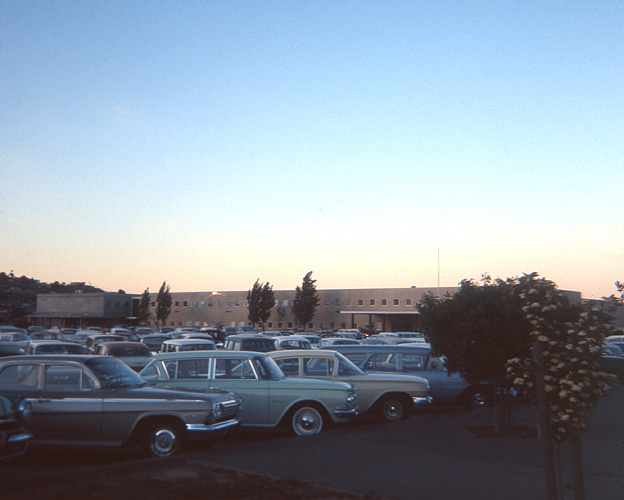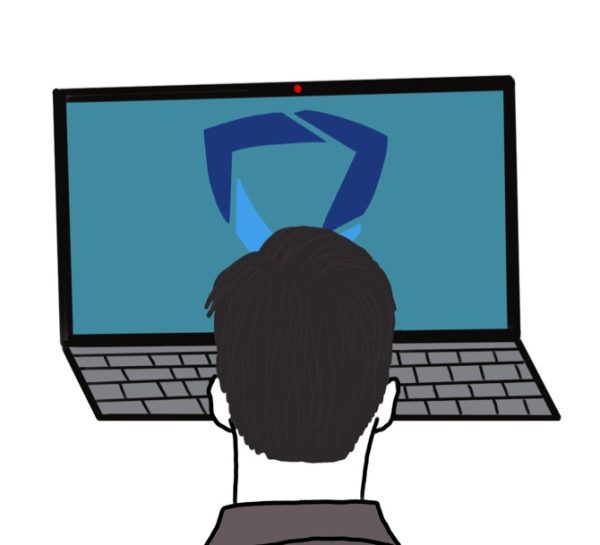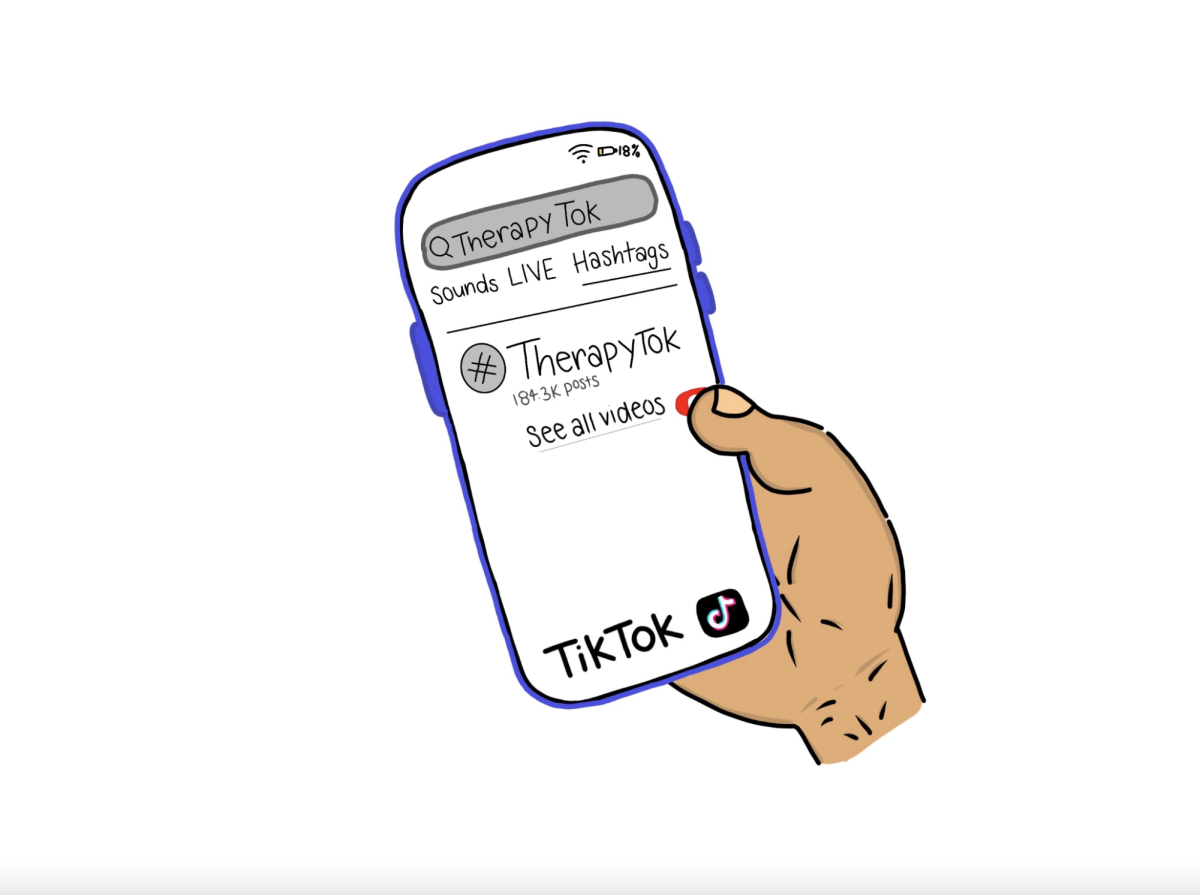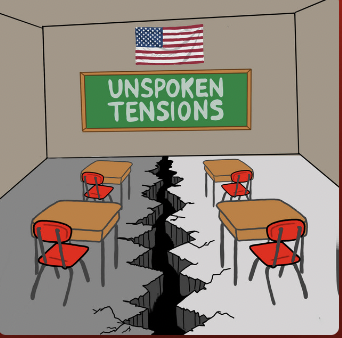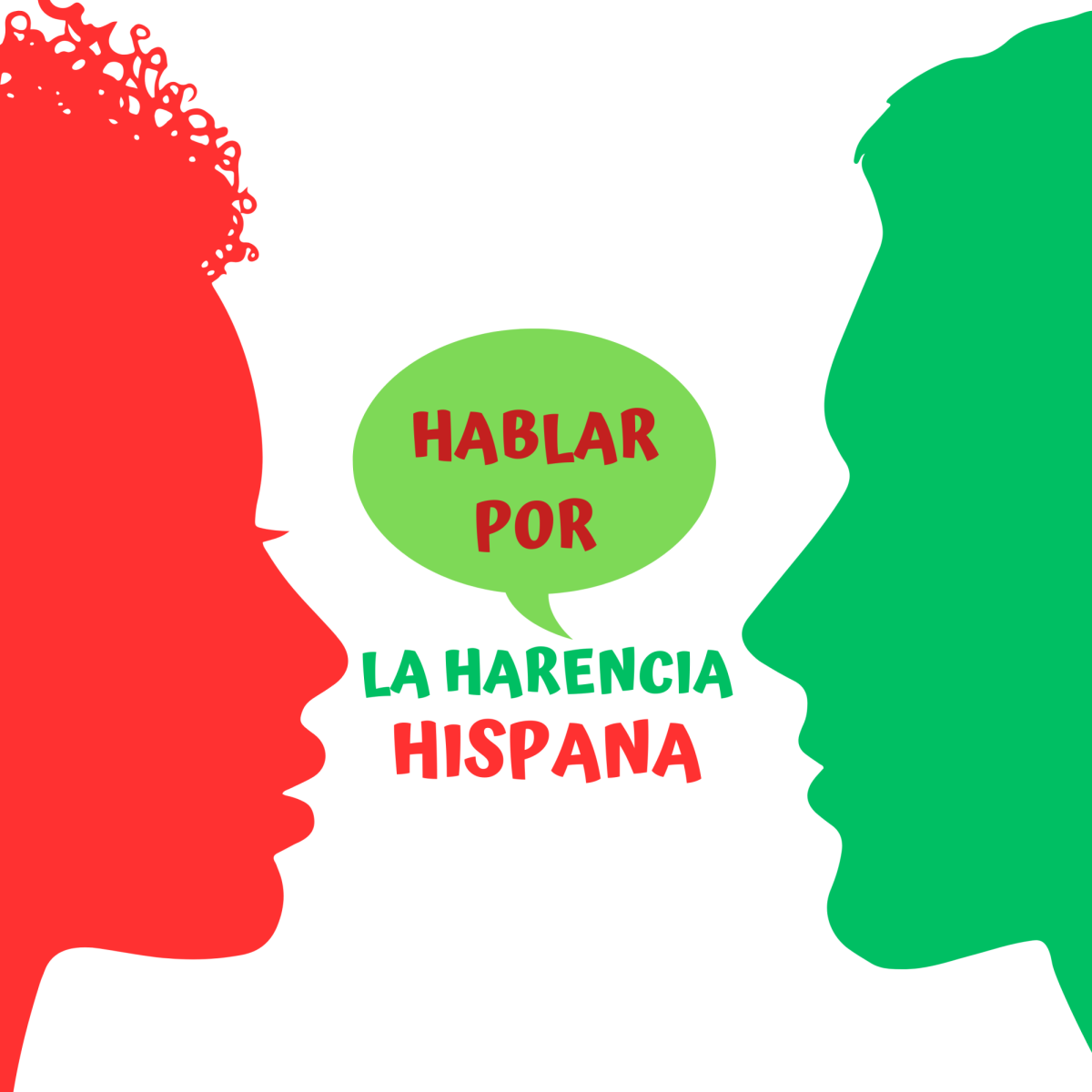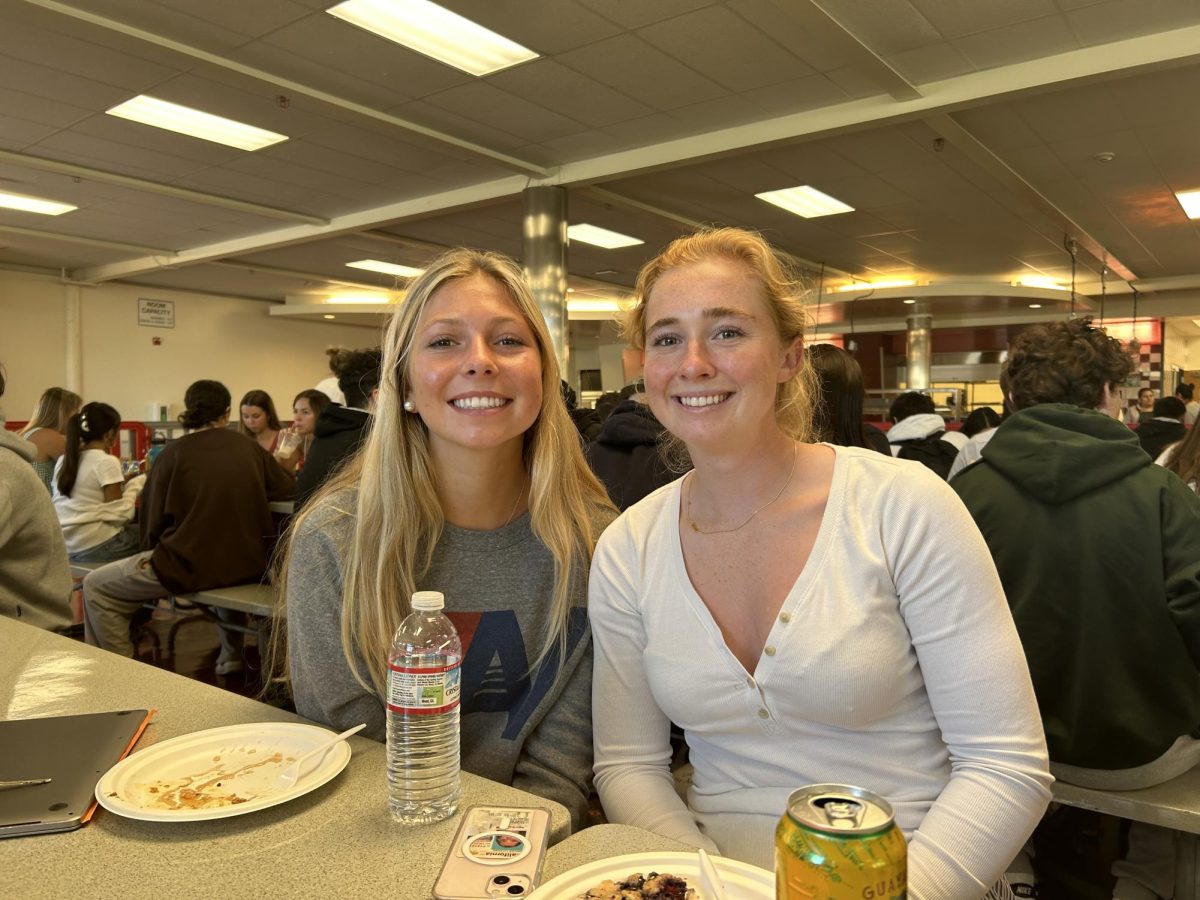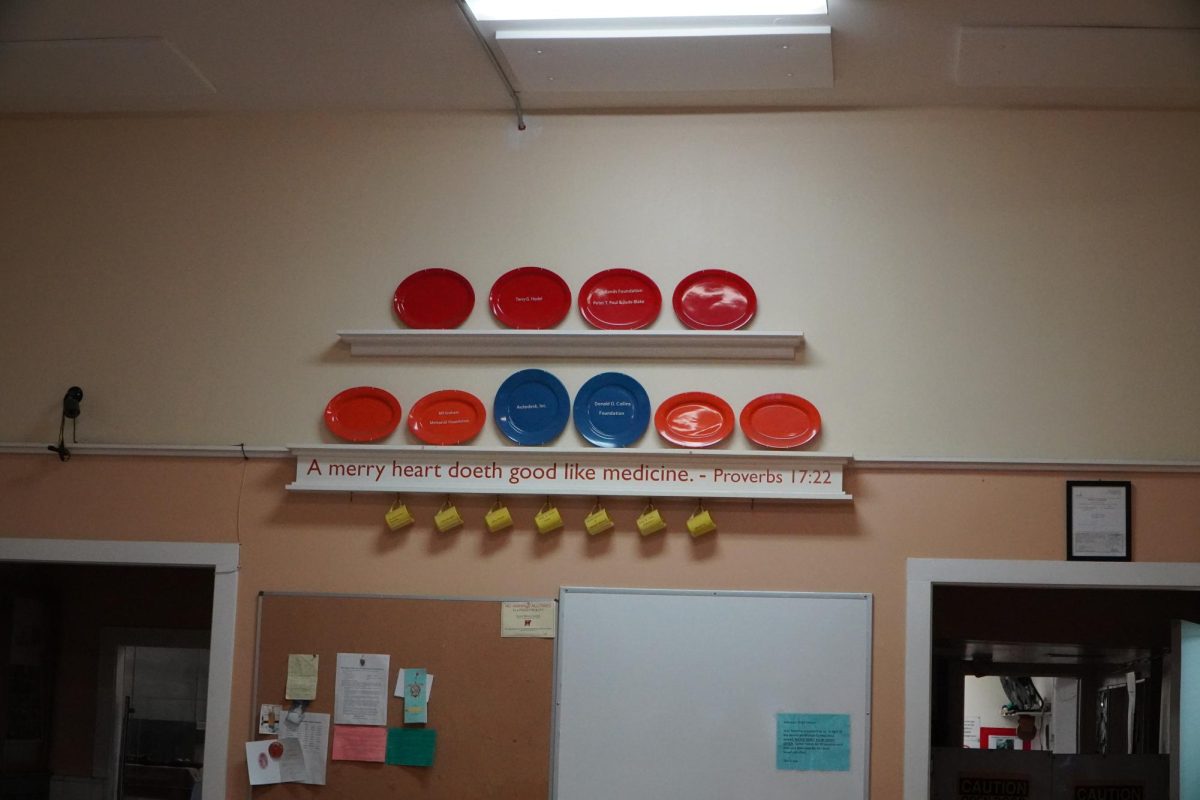April 18, 1906 was an early morning San Francisco. At 5:12 a.m. the city experienced an earthquake with 7.9 magnitude, killing over 3,000 people. For most of the world, outside and inside of San Francisco, this date marks tremendous destruction of monuments, architecture and physical beauty of the city. For people living in San Francisco, this date marks a disruption in the inner workings of the city; a disruption that would affect the city even over 100 years later.
The 1906 earthquake led to rebuilding and reconstruction of some of San Francisco’s most beautiful neighborhoods: the Mission District, Pacific Heights and the neighborhood that would later become the Marina District. While the world admires these stunning neighborhoods along with other San Francisco monuments, people forget to realize there are other parts of the city that aren’t as visually appealing or “attractive” as some of the famous neighborhoods. While every city has rough neighborhoods, San Francisco has a history of turning their heads to certain areas that need attention, such as the Chinatown, a problem rooted back to the 1906 earthquake.
The morning of the earthquake, San Francisco mayor at the time, Eugene Schmitz, decided that for the first few days following the disaster the city would be under martial law. This meant that the United States military intervened and collaborated with the San Francisco police and fire department to help organize the people of the city San Francisco and help them to safety. At around 9 a.m. the day of the earthquake, the United States Military pitched hundreds of tents to house people until they were told it was either safe or unsafe to return home. They would address the catastrophe one neighborhood at a time, determining which areas were safe for residents to return home, and which places weren’t safe.
One neighborhood in particular that suffered from a particularly large amount of damage was Chinatown, yet ironically, they were the last neighborhood that officials had evaluated. When it came to rebuilding the city, Chinatown received less funding than other neighborhoods that didn’t take on as much damage as a result of the earthquake. Over the years, Chinatown had to rebuild itself at a much slower pace than most of the rest of the city. Because so much money and effort had to go towards building and reconstruction, Chinatown was settled in a position where residents wouldn’t have the same luxuries as other neighborhoods in the city. Over 100 years later, Chinatown is one of the neighborhoods with the most homeless people in San Francisco – but not necessarily the people you may think.
Current Implications
According to a 2020 report from the Senate, over 20,000 people had experienced homelessness in San Francisco County. San Francisco is internationally recognized for its large homeless population. You could make a wrong turn and end up on a street lined with tents and sleeping bags that people call their home. Additionally, heavy substance use is prevalent in San Francisco, making accessibility more common than in other cities. Although San Francisco has a high homeless population, it doesn’t mean that they aren’t making an effort to help the issue. San Francisco promotes the positive work they do towards homelessness, and it’s true to say the city is doing good work.
San Francisco provides resources for homeless individuals struggling with addiction: clean needles for injections, individually prepared meals and single beds in transitional housing. So, what’s the problem with all of this work the city is doing? The problem is within the word “individual.” While San Francisco gets a fair share of attention for its homeless population, the attention is going to the wrong group. As a result of rising home costs and poor wealth distribution in San Francisco, the city is left with homeless families the city needs to work to provide for, not just individuals struggling with individual problems.
San Francisco provides nowhere near enough housing for homeless families. In September of 2023, San Francisco established a park of 3,140 trailers as transitional housing units for homeless individuals. The problem is that every unit of housing was suited as a “studio home,” meaning only two adults (and one child, if necessary) could live in a single unit.
Jennifer Friedenbach, member of San Francisco’s Coalition of Homelessness, discusses in an interview with CBS the misrepresentation of homeless families, and how it negatively affects the city’s resource distribution.
“The city has been dramatically undercounting homeless families. When it comes to allocating resources, homeless families in San Francisco have been getting a short-shift,” Friedenbach said. “The city only counts the families in shelters, but there are hundreds of families on the waitlist for shelter. Even in our schools, we have our children reporting to the secretaries and their teachers that they’re homeless.”
Not only are homeless families being underrepresented in resource allocation, they are underrepresented in their population make up. Larkin Street Youth Services (Larkin) is a San Francisco based not-for-profit organization aimed at stopping youth homelessness in the Bay Area.
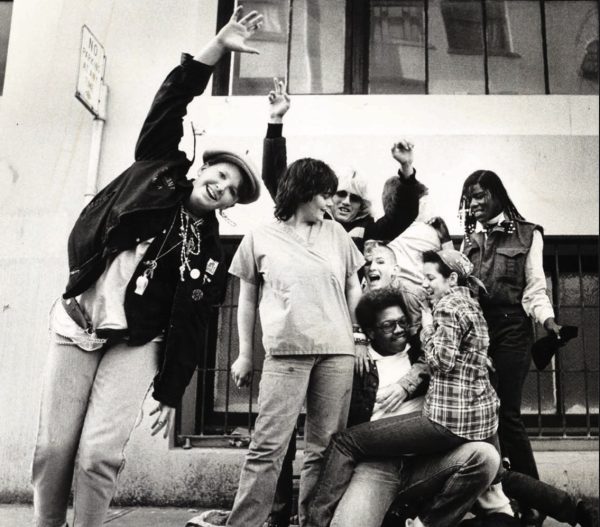
Blake Grossman is a board member of Larkin. He describes what the purpose of Larkin is, and how they help homeless youth.
“Larkin is looking to provide the help that a young individual needs. A lot of the work [done at Larkin] occurs over many years, helping an individual work everyday towards a better life. However, we do get a lot of young moms who come in looking for help for their kids. Whether it be clothes, food or the mother asking for help for their whole family, we are here to help them with what they need.” Grossman said.
Grossman reflects on how the organization has altered their efforts and resource distribution following COVID-19.
“Historically, Larkin has done a lot of work with young individuals, often those who were forced out of their homes or left abusive situations. A lot of our work is with a youth individual, but we also have a lot of young moms who come in looking for any help for their kids.” Grossman said. “Larkin works to accommodate and motivate whatever is needed in each unique situation.” Grossman said.
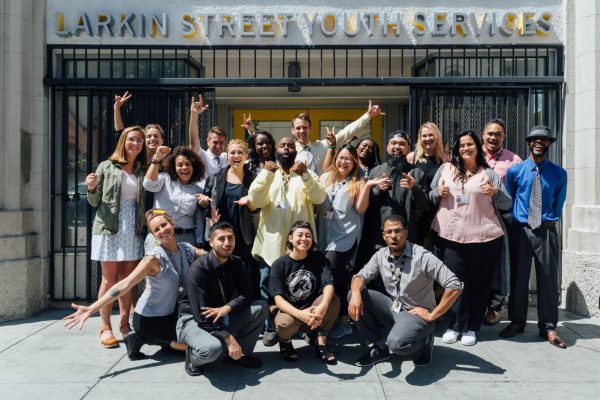
Experiences
Although it may not be extremely obvious, there are students here in the Tamalpais Union High School District whose families are experiencing homelessness. For the purpose of anonymity, this student will be going by the name of Jack.
Jack is a student at Tamalpais High School who experienced homelessness as a child. He currently lives with his grandparents, but this was not always the case.
“My parents got divorced when I was a baby, I don’t even remember them being together. My dad lived in my grandparents basement while my little sister and I lived with my mom in [San Francisco] in a tiny studio apartment. My mom won custody over my sister and I, so she cut off communication with my dad and grandparents completely, refusing any sort of financial offer or extension,” Jack said. “When I was seven, my moms friend moved into our apartment. About a year later we got evicted because our home was too small for another adult to be living there.
“My mom, sister and I all lived in our car for about four months. I still went to school everyday and pretended like everything was normal. My [elementary] school gave us lunch everyday and I had clean clothes so I didn’t stand out as the ‘homeless kid,’ but I always felt out of place,” Jack said. “Living out of our car wasn’t sustainable so eventually my mom reached out to my grandparents for financial help, and [my sister and I] moved in. [We] don’t live with either of our parents anymore, just our grandparents, but we are living a much better life now.”
Jack shows gratitude as he reflects on his former living circumstances.
“I’ve been living with my grandparents for 10 years at this point, so I’m very much immersed in the typical Marin teen lifestyle, but I would also consider myself more appreciative than the average Marin kid. For example, some of my friends complain about paying for their gas, where I’m grateful my grandparents even gave me a car. I used to live a very different life, and even though I don’t talk about it much, it doesn’t mean it didn’t happen.” Jack said.
How You Can Help
There are many ways to get involved as an individual. Jack explains how he thinks teens can get the most involved with helping and understanding homelessness.
“I think a lot of people picture homelessness as tents and drug users lining the streets, but it actually is close to us, people just don’t even realize it. What I think teenagers [in Marin] need to do is not assume everyone can afford or has done what you can, as crazy as it sounds not all of us have learned to ski yet,” Jack said. “But honestly just remember that people don’t want you to know their financial situation, so ‘step one’ is not to assume [anyone’s financial situation], and just be mindful that poverty can be hidden in different ways.
“On top of that, I think for teens to go physically volunteer at a soup kitchen or homeless shelter. People [in Marin] default to donations as their philanthropy, but hands-on work and in-person volunteering is just as valuable to the organization.” Jack said.
Grossman explains his perspective on the best ways teens can help homelessness.
“Just getting teens aware of homelessness would do so much benefit. It’s eye opening to truly see the implications of homelessness, and it’s inspiring to see what young people and teens have done to help [Larkin Street and homelessness] just after they’ve become aware. Once more teenagers are aware of homelessness and understand it, they as a whole will become more involved.”
Grossman shares material items Larkin Street is in need of.
“Young kids’ clothing. There are so many mothers that come in with their children in need of winter clothes, so we are always looking [for those items]. Additionally, what’s helpful is clothing for job interviews. Part of what Larkin Street does is to immerse people into the world, including the workforce, and work clothing is always something young people need.” Grossman said.
It’s also important to be aware of what is going on politically in terms of homelessness. The next Marin County general municipal election takes place on November 5, 2024. Make sure to see what your local legislatures plan to do for homelessness, and if you are eligible to vote, make sure to vote for who you feel would make the greatest impact on the community.
Homelessness is not always apparent or obvious, so it’s important to keep a conscious eye open on it. It’s important to understand how others are living around us, and understand how we can help.

